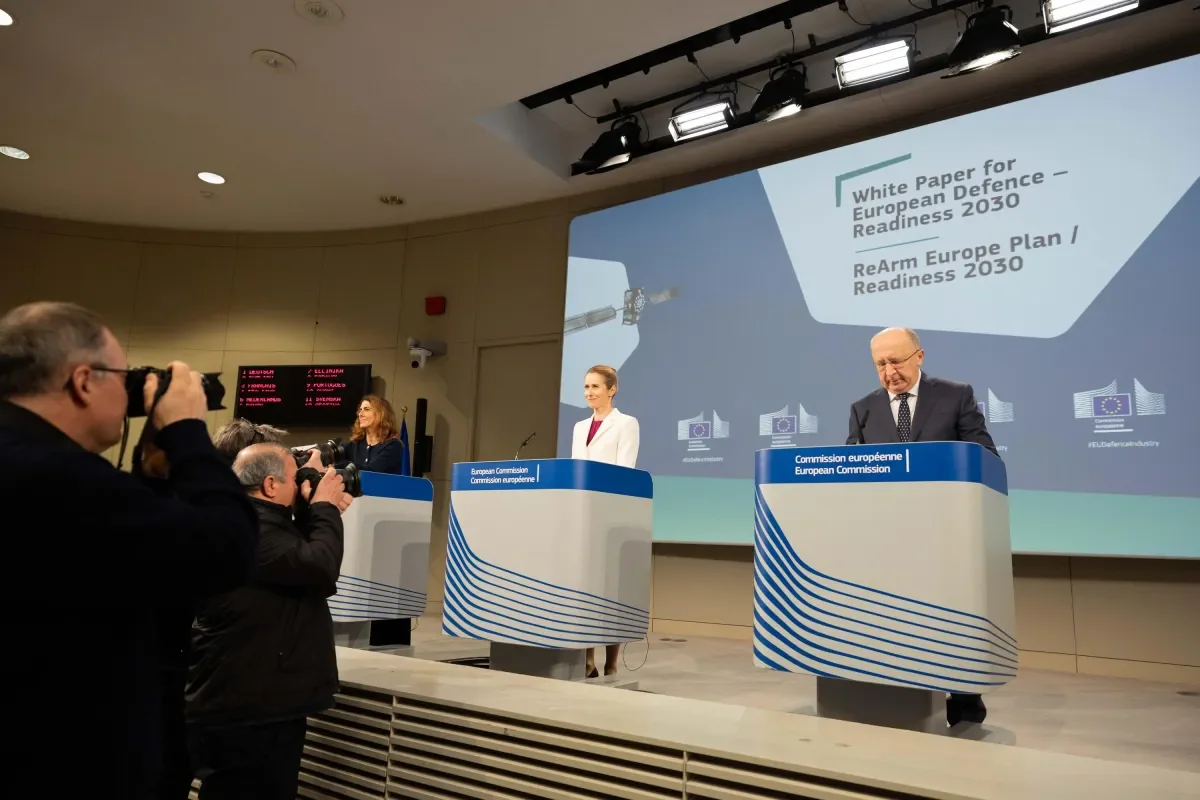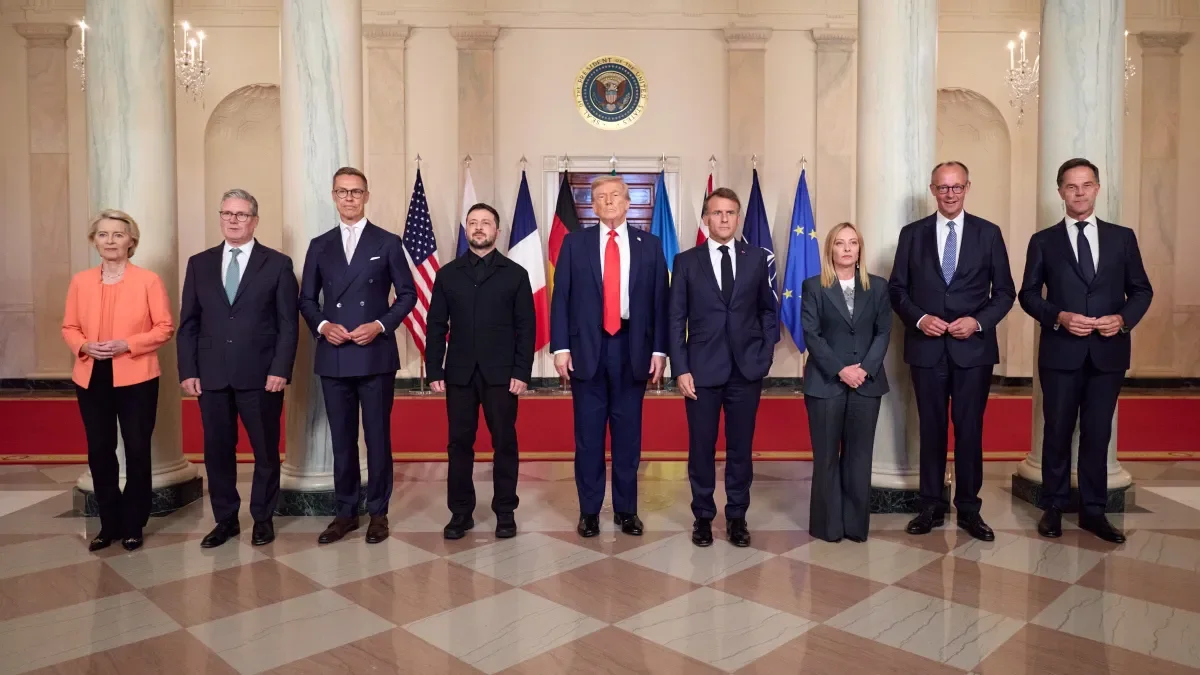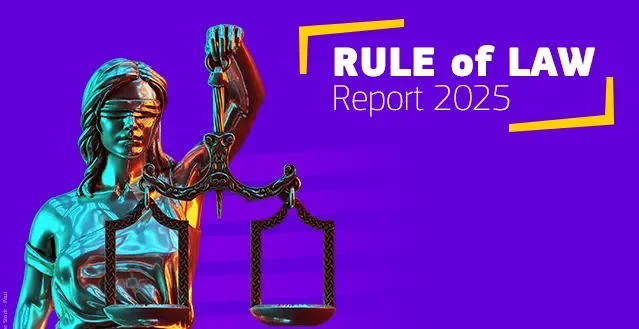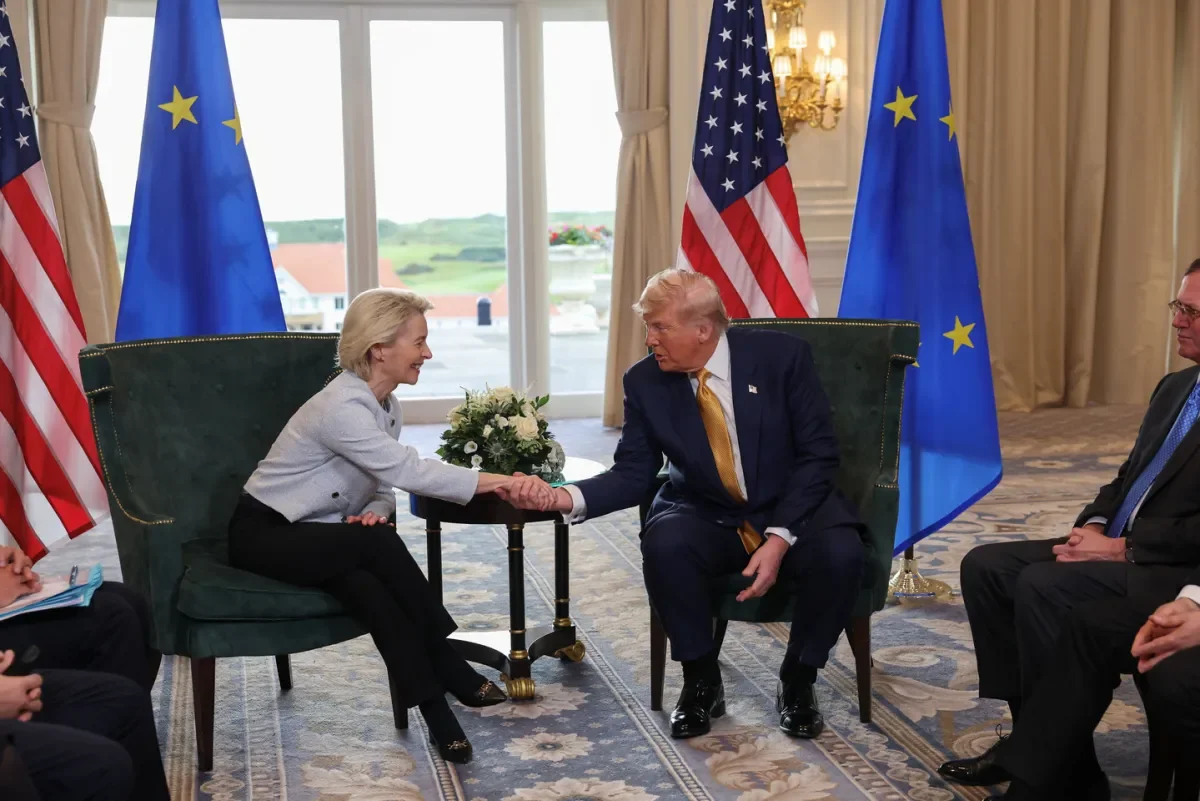
This blog first appeared as an Azure Forum Strategic Insight 007/2025, found here.
Dr. Kenneth McDonagh (Dublin City University)
It could be said that the most remarkable aspect of the new EU Joint White Paper for Defence Readiness 2030, the first of its kind, is that it contained few surprises. The EU Joint White paper is the latest in a series of steps the EU has taken to carve out a role in coordinating and consolidating European security while balancing the competing interests of Member States, NATO and the European defence industry. Over the past decade, the EU has taken concrete steps to add value, drive investment and more recently provide funding for Member States to develop defence capabilities to meet the challenging geopolitical present. The White Paper is an incremental step forward on this path but many challenges lay ahead.
What does the White Paper do?
The new White Paper is an attempt to consolidate the Commission’s view on the long term and short term challenges facing the EU and to kickstart action on the part of the Member States and European Parliament to address those challenges. It builds on existing EU initiatives such as the European Defence Industry Reinforcement through Common Procurement Act (EDIRPA) and the Act in Support of Ammunition Production (ASAP) and calls for the swift adoption of the Security Action for Europe (SAFE) regulations to allow the EU to provide up to €150 billion in finance to Member States to meet the necessary increases in defence spending to meet the capability needs of Europe into the future.
The analysis of the strategic context in the paper highlights Russia as the most significant security threat. China’s increased defence spending is also noted albeit counterbalanced by its role as a trading partner. The analysis of the Middle East, particularly the Israel-Palestine conflict is already outdated and hopelessly naïve in viewing the short and now defunct ceasefire as an opportunity to ‘reduce regional tensions and end human suffering’. Africa is mentioned as a source of instability but little in the paper suggests this is central to the Commission’s thoughts on security and defence.
Two key priorities are identified. One is the need to support Ukraine and the other is to develop robust European defence capabilities to deter further Russian aggression and to ensure Europe’s interests are represented at a global level. In this context the ‘ReArm Europe’/now ‘Readiness 2030’ initiative launched by Ursula Von Der Leyen in March which maps out a path of up to €800 billion of extra defence spending dovetails with the thinking represented in the White Paper. Although it is worth noting that this figure will only be reached if Member States fully use the new fiscal space created by exercising the national escape clause in the fiscal rules as well as leveraging the new €150 billion in EU co-financing that will come available through SAFE. The paper sets out seven priority areas for investment: Air and missile defence; Artillery systems, ammunition and missiles; Drones and counter-drones systems; Military mobility; AI, quantum, cyber and electronic warfare; Strategic enablers; and Critical infrastructure protection. While the list might be criticised for being ambitious and expansive, it is probably a fair reflection of the sorry state Europe’s collective defence capabilities find themselves in.
In order to address these gaps, the White Paper seeks to leverage the existing infrastructure the EU has built for security and defence planning, procurement and development including the European Defence Agency, the Coordinated Annual Review of Defence (CARD), PESCO and the European Defence Fund. But it also calls for more ambitious funding through the new Multiannual Financial Framework from 2027 and through the integration of Ukraine into some of these mechanisms in order to benefit from the knowledge and experience Ukraine has gained in its resistance to Russian aggression.
What could the paper do better?
Several commentators on the paper have noted that the future relationship with the UK does not receive the attention required. While the departure of the UK from the EU arguably allowed the Union to move forward in security and defence cooperation in a more coherent fashion, it also did so with a significant loss of capability that the remaining Member States have been unable or unwilling to address. The key strategic goal of supporting Ukraine and deterring future Russian aggression is simply not possible without the UK in the short term and would require a remarkable turnaround in defence procurement to make it so in the medium or long term.
This gap is even more regrettable given the other major lacuna in the strategic analysis – the United States. Beyond an oblique reference to the U.S. communicating that it has been over-committed to the European theatre, the White Paper does not meaningfully address the radical shift in the European security architecture represented by the Trump administration. The unthinkable possibility of the United States acting not just in an isolationist or unilateral manner over European objections but of actively threatening military force against a NATO member state is now a reality. In addition, the administration is working against the EU’s key strategic goal of supporting Ukraine by undermining the legitimacy of President Zelensky, signalling concessions to Moscow and weakening the international commitment to sanctions and international law. While a White Paper may understandably seek to avoid something so politically sensitive, there is a worry that Europe is once again sitting on its hands and hoping for the best. We failed to heed decades of calls from U.S. administrations to attend to our own defence capabilities, in the same way we failed to recognise the growing threat from Russia when it invaded Georgia in 2008 or Ukraine in 2014.
How will Ireland respond?
To Ireland’s credit, we have already seen a step change in our consideration of security and defence since the Russian invasion of Ukraine with all of the major parties committing to at least meeting the ‘Level of Ambition 2’ outlined by the Commission on the Defence Forces which would see a significant rise in defence spending. The Irish government has also sought to leverage Ireland’s engagement with PESCO within the EU and with NATO through the Individually Tailored Partnership Programme (ITPP) to address capability gaps, particularly in cybersecurity and the protection of critical infrastructure. The decision to participate in the new Common Information Sharing Environment (CISE) which addresses information sharing related to surveillance in the maritime domain is further indication that the Government recognises the need for cooperation in this area. That said, further delays to the publication of a National Security Strategy would be regrettable. Ireland lacks a framework for substantive public engagement in security planning and in that gap many illusions and half-truths flourish.
There are significant opportunities for Irish industry too. Although we lack the heavy industrial base, there is significant scope in dual use technology. Ukraine’s experience would be relevant here in learning how quickly civilian tech can be repurposed for military or other use. A challenge for industry though is the lack of a recognised security vetting and clearance system for accessing collaborative projects or bidding for contract work at a European level.
Ireland’s underinvestment in security and defence, its limited intelligence capabilities, its lack of primary radar, air defences and even personnel to ensure our existing capabilities are maximised mark us out as an outlier in a European context. The direction of travel in Europe over the past decade that accelerated since the Russian invasion of Ukraine has highlighted our weakness even further.
What we do about it is ultimately a political choice - the new EU Joint White paper sets out a potential road to travel. This will come with costs that need to be considered. We also need to recognise that not taking this road will leave Ireland extremely vulnerable in a shifting geopolitical landscape. Our strategic absenteeism has gotten us this far, are we willing to roll that dice again?

Ken McDonagh is an Associate Professor in International Relations at the School of Law and Government, Dublin City University



